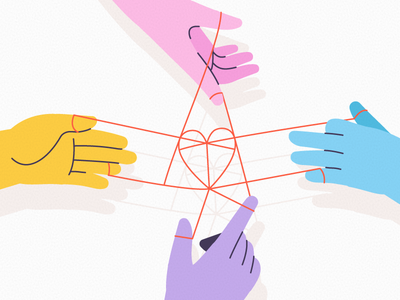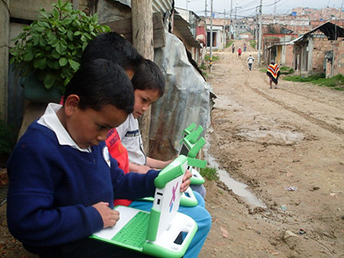
Web Accessibility is…
Web accessibility means that websites, tools, and technologies are designed and developed so that people with disabilities can use them.
Range of abilities
Web accessibility encompasses all disabilities that affect access to the Web, including:
- auditory
- cognitive
- neurological
- physical
- speech
- visual
Related areas
Accessibility overlaps with several areas, including inclusion, design for all, universal design, and addressing the digital divide. These other areas address broad issues of geographic location, economic situation, education, language, age, gender, and more — including disability.
Accessibility has a more limited focus on people with disabilities. As you’re learning throughout this course, most of the things we do to support accessibility, also benefit people without disabilities, especially people in the situations addressed by these other areas. It’s is beneficial to promote the overlap, while maintaining the focus of accessibility on people with disabilities.
Similarly, accessibility is related to user experience, usability, and user-centered design. One of the reasons to understand this is that the methodologies and techniques in user-centered design work well for addressing the needs of people with disabilities, and including them, in creating accessible websites and apps.
Web users without disabilities also benefit
Web accessibility also benefits people without disabilities, for example:
- people using mobile phones, smart watches, smart TVs, and other devices with small screens, different input modes, etc.
- older people with changing abilities due to ageing
- people with “temporary disabilities” such as a broken arm
- people with “situational limitations” such as in bright sunlight
- people using a slow Internet connection, or who have limited or expensive bandwidth




Accessible audio and video media
People who are deaf or hard of hearing need audio information as captions and/or transcripts. (You'll learn about that in later modules, and about other aspects of making media accessible.)
While accessible media is essential for people with disabilities, it is also very useful for everyone in a variety of situations.
For example, transcripts can be:
- Skimmed or read rather than watched or listened to. This is significantly easier and quicker for many users. Sometimes people want to skim the transcript first before deciding whether or not to play the media.
- Used without needing to download video files. For example, to save data on mobile.
- Used offline, printed, or converted to braille.
And captions can be used:
- In loud environments where users cannot hear the audio. For example, a bar, an airport, or a concert.
- In quiet environments where users cannot turn on sound. For example, in a library, on public transportation, or when others are sleeping.
- By people who cannot understand the spoken language well and can understand the written language better. For example, people who are not native speakers of the language.
- By people learning to read, including people learning a new language.
- To better understand content because users can hear the information in audio and see it in text at the same time. For example, a research study* found that 71% of students without hearing difficulties use captions, primarily to help them focus and retain information.

Accessibility is built in fundamentally
One way we’d like to encourage you to think about accessibility differently, is to understand that accessibility is built into the underlying technology of the Web.
Good design and good code is accessible.
During the 2012 Summer Olympics opening ceremony, Web inventor Tim Berners-Lee's tweet was shown in lights : "This is for everyone.".
Way back in 1990s, Tim Berners-Lee said: “The power of the Web is in its universality. Access by everyone regardless of disability is an essential aspect.” — that's coming from they guy who invented it.
The Web is fundamentally designed to work for all people, whatever their hardware, software, language, location, or ability. When the Web meets this goal, it is accessible to people with a diverse range of hearing, movement, sight, and cognitive ability.
Thus the impact of disability is radically changed on the Web because the Web removes barriers to communication and interaction that many people face in the physical world. However, when websites, applications, technologies, or tools are badly designed, they can create barriers that exclude people from using the Web.
Accessibility is essential for organizations that want to create high-quality websites and web tools, and not exclude people from using their products and services.
